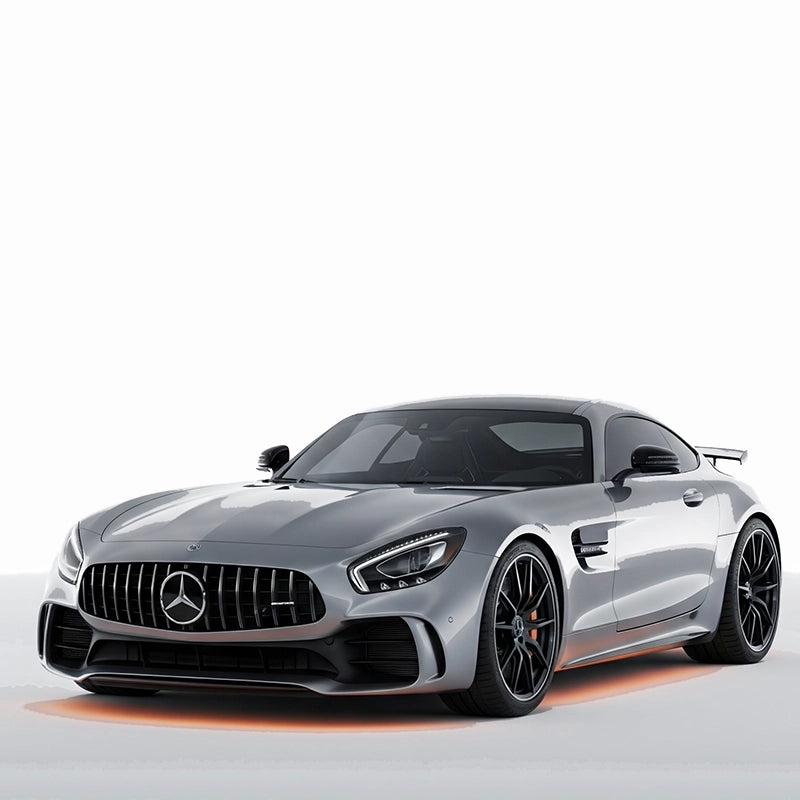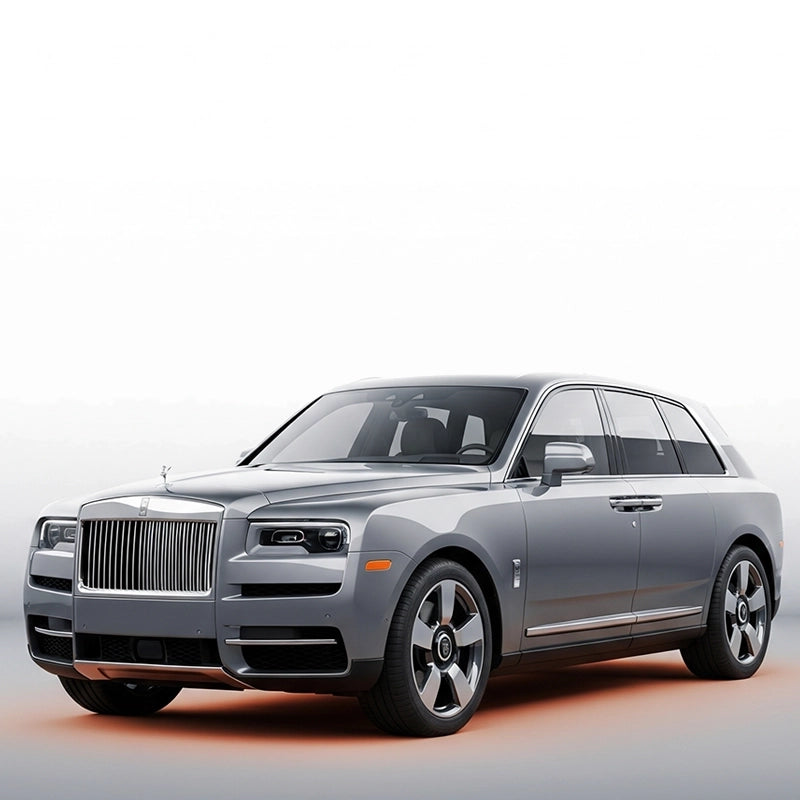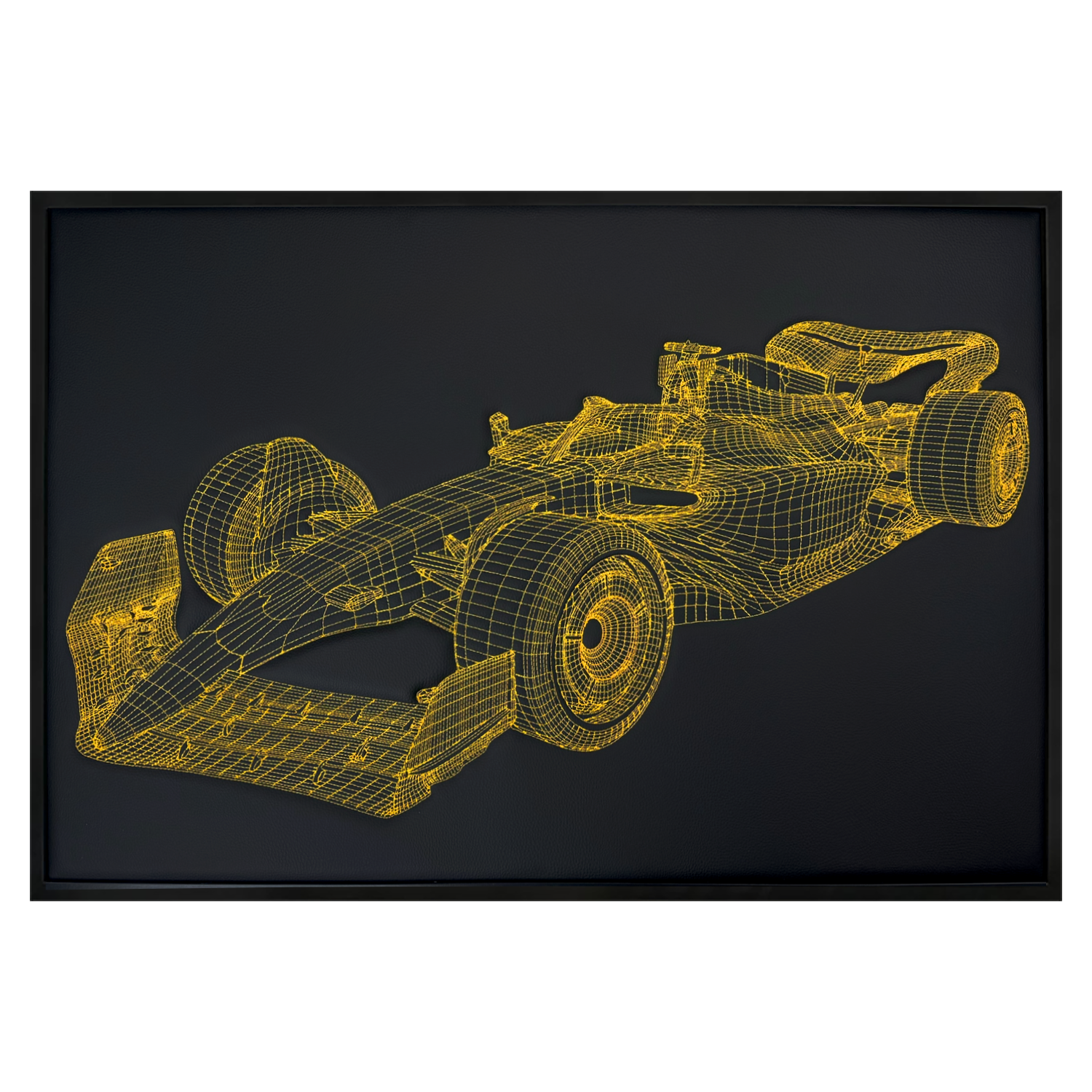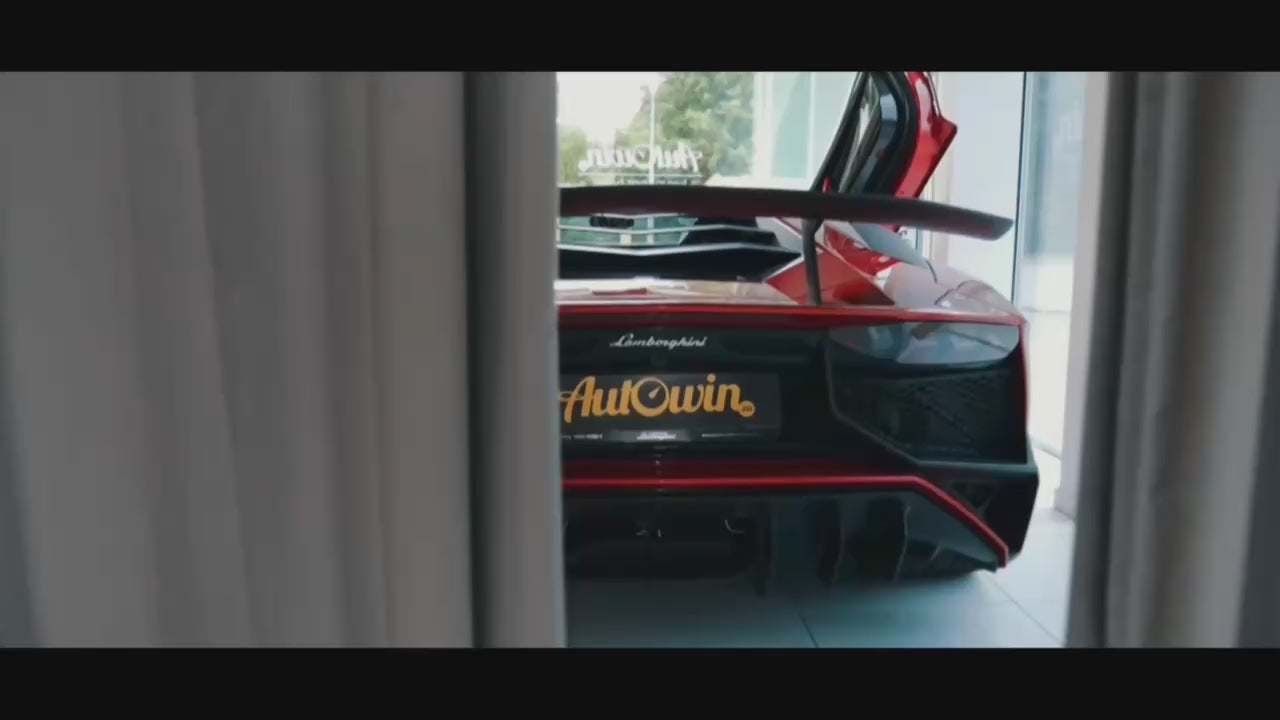Why Investing in Quality Vehicle Floor Mats Is Worth It for Health and Safety
I’ve spent two decades sliding into everything from base-spec hatchbacks to six-figure luxury sedans, and there’s one surprisingly unsexy accessory I’ve become oddly opinionated about: quality vehicle floor mats. Laugh if you want. But the mats under your shoes can influence how your car smells, how easy it is to live with, and—yes—how safe it feels when you need to stomp the brakes in the rain with three kids bickering in the back.

Why quality vehicle floor mats matter beyond looks
On a damp Tuesday in February, in a rental sedan with 9,000 hard miles, I realized how much mats matter. The universal rubber mat up front had curled just enough to snag my heel. Not dramatic, but enough to make me lift and reset my foot before a tight left-hander. That tiny pause stuck with me. A good mat sits where it should, stays flat, and disappears from your mind.
Cheap mats are like discount shoes: they look fine on day one, then squeak, smell, and slip. Proper all-weather liners or premium carpet mats, on the other hand, are built with dense material, stronger retention clips, and high edges that trap slush and sand. They feel like paying for the valet instead of circling the block—just… easier.
Health benefits of quality vehicle floor mats
Let’s talk air. The “new rubber smell” from bargain-bin mats isn’t a luxury scent; it often comes from higher levels of volatile organic compounds (VOCs). If you’ve ever hopped into a car and felt a faint headache or nausea from a heavy chemical odor, you know the vibe. When I tried a set of unbranded mats years ago in a long-term test SUV, the smell lingered for weeks. Windows down. Winter. Dumb decision.
Quality vehicle floor mats—especially those made from TPE (thermoplastic elastomer)—are generally low-odor and marked as low-VOC. Some brands even tout compliance with stricter standards (think REACH or Prop 65 awareness). Add in the hygiene factor: mats with tight fitment and tall ridges trap the nasty stuff (road salt, melted snow, that latte you will spill) so you can lift and wash instead of grinding grime into the carpet where moisture and bacteria love to camp out.
Safety wins you feel with quality vehicle floor mats
We don’t talk about it enough: a mat that slides forward can ride up into the pedals. That’s not paranoia, it’s documented. Proper mats use factory anchor points and anti-slip backing to keep position, and their heel pads resist wear so you’re not skating on smooth rubber after a year.
- Correct fitment keeps mats from riding up near the accelerator or brake.
- Raised edges trap water and grit so your shoes don’t hydroplane on rubber.
- Grippier textures around the heel reduce foot slip in wet weather.
Living with them: the everyday test
A few owners told me they bought cheap mats “just to get by,” then replaced them after the first rainy month. I get it. But when I swapped a proper laser-fit set into our long-term family crossover, the car instantly felt easier to clean. Mud from a Saturday hike? Hose off, shake dry, snap back in. Winter slush on ski weekends? Trapped, not smeared into beige carpet. And yes, it was quiet enough in there to hear the kids arguing about who touched whose charger. Glorious.

Quality vehicle floor mats vs. cheap mats: a quick comparison
| Feature | Cheap Universal Mats | Quality Vehicle Floor Mats (Custom-Fit) | OEM Carpet Mats |
|---|---|---|---|
| Material | Thin PVC, often higher odor | Low-odor TPE or multi-layer liners | Densely woven carpet, rubber backing |
| Fitment | Trim-to-fit; gaps near tunnel and sills | Laser-measured, full coverage, tall edges | Good coverage; lower sidewalls |
| Anchors/Anti-Slip | May lack retention points | Uses factory clips + anti-slip backing | Uses factory clips; moderate grip |
| Odor/VOCs | Often strong initially | Low-odor; many advertise low-VOC | Low-odor |
| Clean-up | Wipes down; can stain | Hose off; quick dry | Vacuum; stains more easily |
| Longevity | Heels wear through faster | 3–5+ years with typical use | 2–4 years; depends on climate |
| Typical Price (Front + Rear) | $20–$50 | $120–$300 | $100–$220 |
How to choose quality vehicle floor mats
- Look for TPE or multi-layer construction (low-odor, flexible in cold).
- Check for laser-measured, model-specific fitment.
- Insist on factory anchor compatibility and aggressive anti-slip backing.
- Raised edges and spill channels help in snowy or rainy climates.
- Textured heel zone for grip and wear resistance.
- Warranty: solid brands back mats for years, not months.
The small quirks no one tells you about
Even the best mats aren’t perfect. High walls can rub against wider boots (I noticed it in a pickup with an off-road package), and some “logo plates” scratch up over time. If you’re particular about exact shade matching, carpet mats blend visually better than black all-weather liners in tan interiors. And if you mis-install or skip the clips—don’t—it defeats the whole point.
Brands people actually use
Not a sponsored list, just what I’ve seen across long-term tests and owners’ cars: WeatherTech, Husky Liners, 3D MAXpider, and several OEM “all-weather” options. I’ve had excellent luck with TPE liners in winter. Carpet mats? Lovely for dry climates and show days, less great for slush season.
The bottom line on quality vehicle floor mats
Cut corners on scented candles, not the surfaces you step on. Quality vehicle floor mats protect your carpet, tame odors, and keep your feet planted when it matters. They cost more up front, but they make your car easier to live with and safer to drive. Once you try a well-fitted set through a muddy spring or salty winter, you won’t go back.
FAQ: Vehicle Floor Mats
Are rubber/TPE mats better than carpet?
Generally for wet or dirty climates, yes. TPE/rubber-style mats trap water, snow, and mud and hose clean. Carpet looks upscale and blends in but stains and holds moisture.
How do I get rid of the “new mat” smell?
Air them outside for 24–48 hours. If odor persists, you likely bought high-VOC mats—return them and choose a low-odor TPE set from a reputable brand.
Do I really need rear mats and a cargo liner?
If you carry passengers, pets, sports gear, or groceries, absolutely. Rear mats catch heel scuffs and snacks; cargo liners save you from mystery spills and sand.
Universal vs. custom-fit: what’s safer?
Custom-fit is safer and cleaner. They use factory anchors, cover more of the footwell, and are less likely to ride up near pedals.
How often should I clean them?
Quick rinse monthly, more often in winter. A mild soap and soft brush keeps textures grippy without leaving a slick residue.























